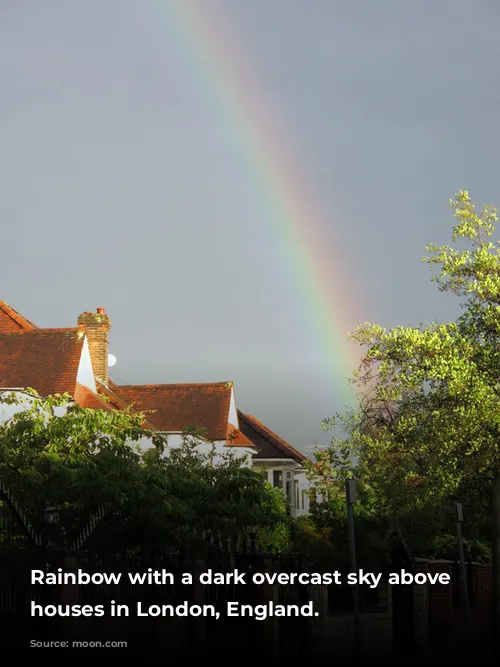London’s weather is a captivating mix of mild temperatures and unpredictable changes. It’s a city of contrasts, where daylight hours fluctuate drastically throughout the year, leaving residents constantly adjusting.
The Dance of Light and Darkness
When the clocks fall back in October, London’s days shrink dramatically, plunging the city into a short-lived winter. The sun rises late and sets early, casting a shadow over the city. This shift can be disheartening for those accustomed to sunny climes, especially those who remember California’s abundant sunshine.
The summer months, however, bring a dramatic reversal. The sun rises as early as 4 am, prompting birds to chirp their morning songs even earlier. This early dawn can be difficult to sleep through, especially when the sun streams through bedroom windows at 5 am. Summer evenings stretch long into the night, with sunset often occurring after 9 pm. While charming for those seeking extended daylight, these long days can disrupt sleep schedules.

Temperatures and Their Tides
Despite London’s northern latitude, the city enjoys a surprisingly temperate climate. The warm Gulf Stream acts as a natural thermostat, drawing warm Caribbean waters up to Western Europe. As a result, London experiences rare extreme weather, with average winter temperatures hovering around 8°C (46°F) and summer temperatures peaking around 22°C (73°F). While occasional heat waves can push temperatures into the high 20s or even 30s (°C), London’s winters are generally mild, with freezing temperatures mitigated by home heating.

Embrace the Rain
Rain, however, is a constant companion in London. Although average rainfall isn’t exceptionally high, drizzle is a frequent occurrence, sometimes descending upon the city with surprising regularity. The easiest defense against this persistent precipitation is to carry a small umbrella or a water-resistant jacket. Occasionally, thunderstorms bring heavier rain, but for the most part, London’s rain falls softly, creating a unique atmosphere.

The Unexpected Snowfall
Snow is a rare visitor to London, much to the disappointment of local children. The city’s heat output from buildings and traffic generally prevents temperatures from dipping low enough for snow to settle, When it does snow, however, it can bring the city to a standstill.
The London Underground, typically underground only in the city center, becomes vulnerable to snow and ice as lines extend outwards. Train services are also susceptible to disruptions caused by freezing temperatures and snow. But it’s London’s traffic that truly suffers during snowfall. Even a small amount of snow can create major gridlock, as drivers, unaccustomed to snowy conditions, often misjudge the road, leading to accidents and delays.
Climate Change: A Looming Question
While London’s weather has been relatively consistent, there’s a growing sense that patterns may be shifting. Following a decade of mild winters, recent years have witnessed colder temperatures and wetter conditions. This trend could be part of natural weather cycles or a sign of climate change. If climate change is indeed affecting London’s weather, the city must prepare for more extreme conditions, including heavier rainfall and occasional snow.
London’s Summers: A Gentle Embrace
London’s summers, although often damp, rarely experience intense heat. The best we can hope for is a few days of pleasant warmth, prompting Londoners to seek refuge in the parks, enjoying the summer sunshine. However, London homes are not typically equipped for long hot summers, so air conditioning is rarely found. Occasional heat waves may occur, but these usually last only a week or two.
